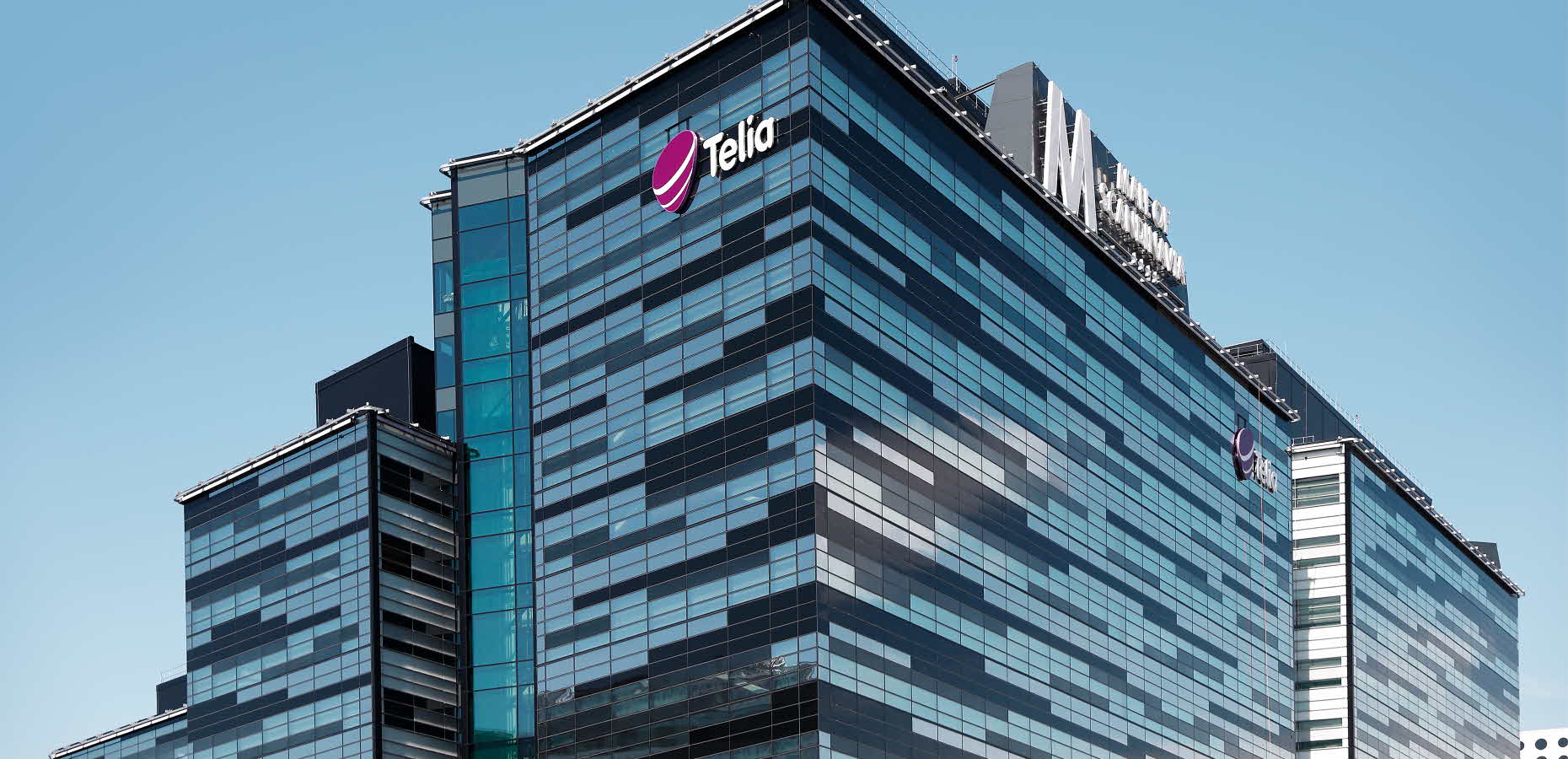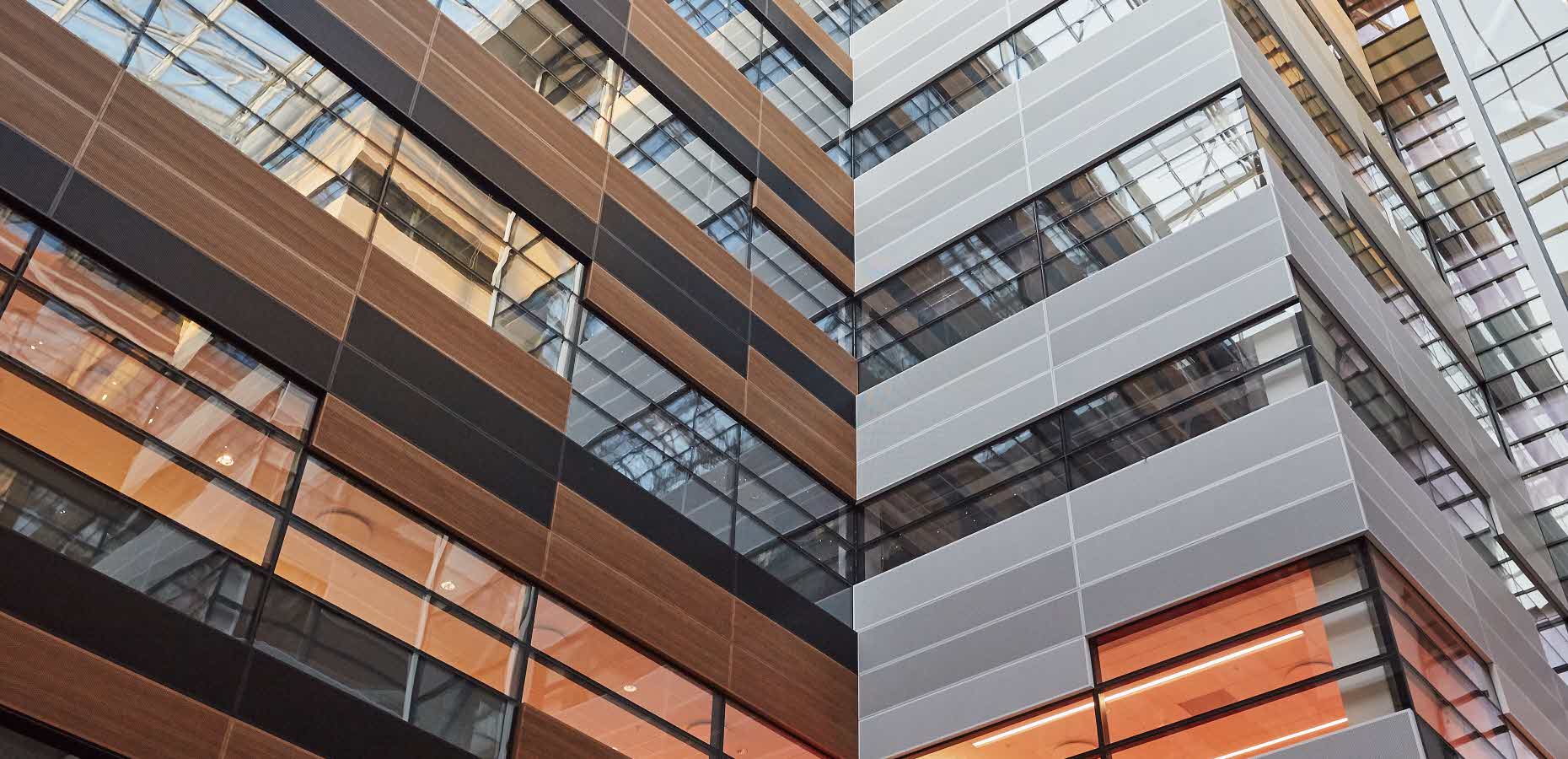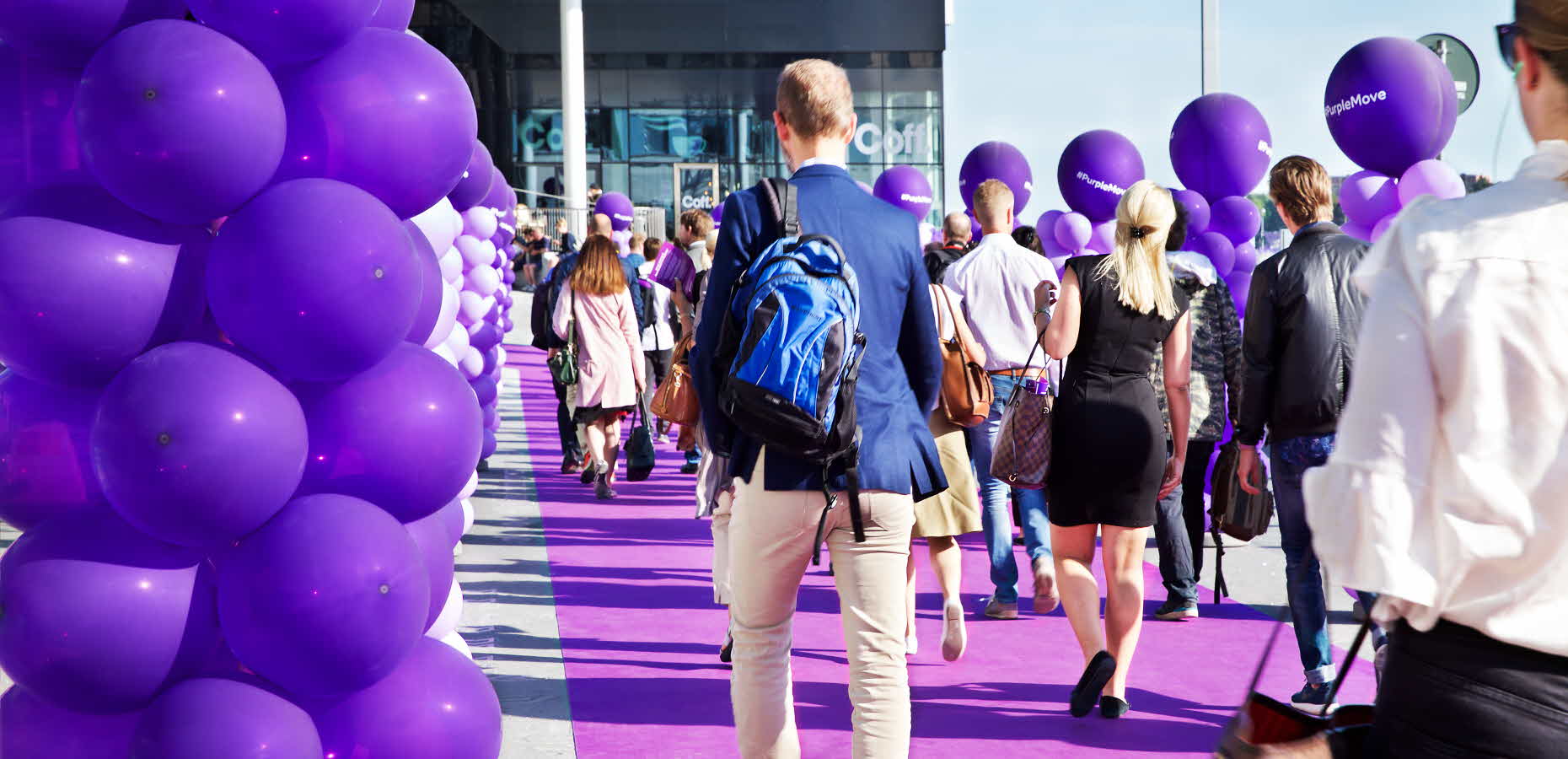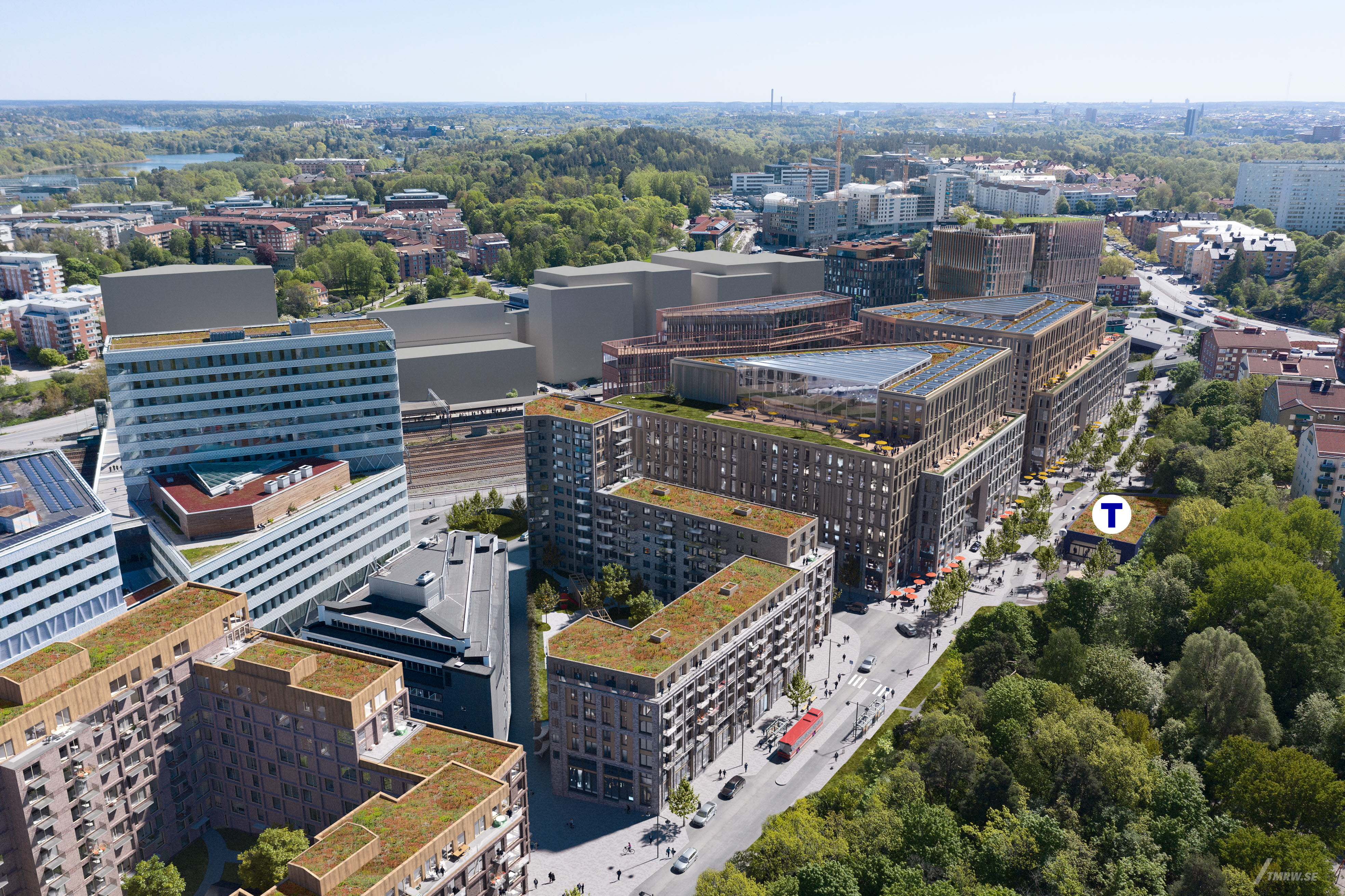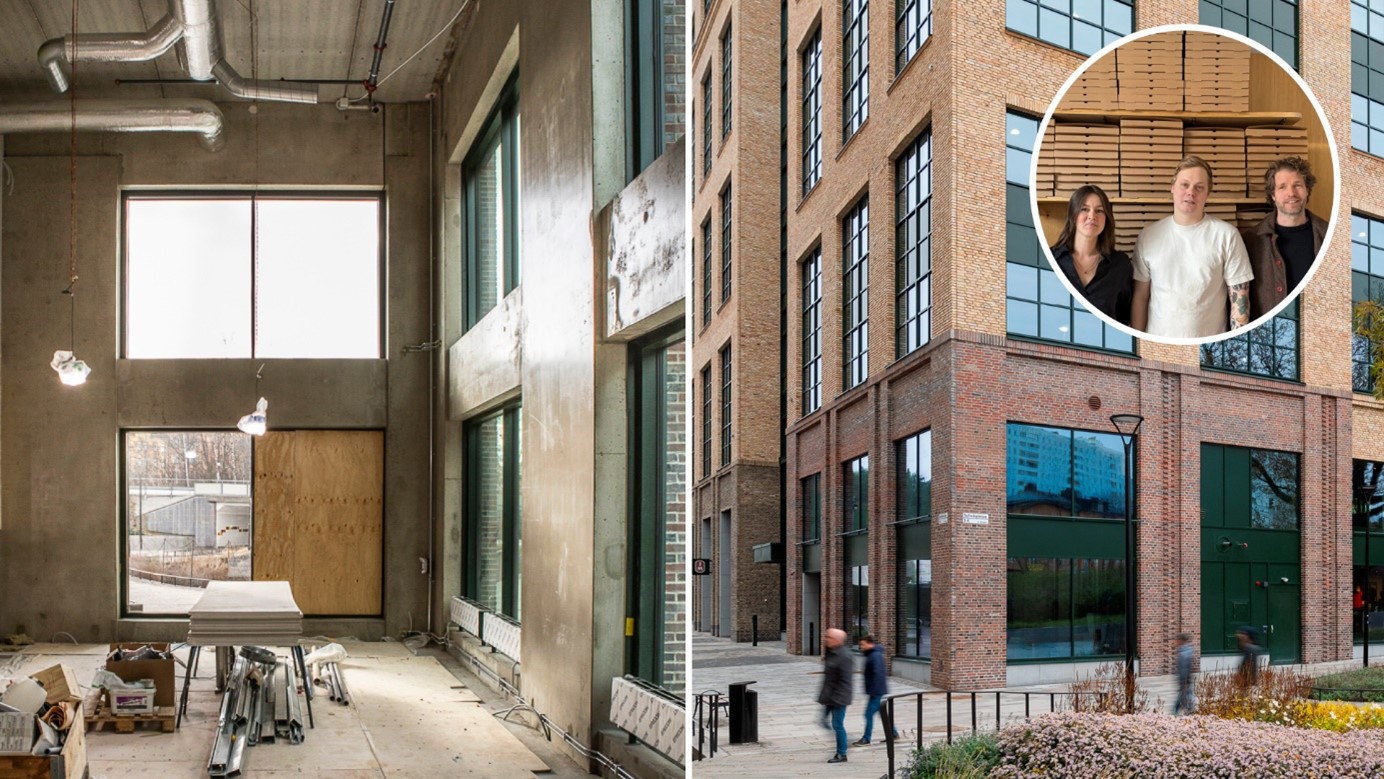Major planning exercise
Planning for the move itself began a couple of years in advance. It’s part of the company’s ‘New Generation Telco’ development, which encompasses a much more streamlined way of working, in modern, energy-efficient premises.
“The project was separated into three main areas: people (working practices), technology (mobility) and physical working environment (office). We managed and coordinated the work based on these elements,” continues Michael Åslund. “We established a project organisation using internal and external resources in order to create the best conditions for managing the challenging project goals and a tight schedule.”
Furniture reused
Some furniture and material was already being moved to Arenastaden back in March. Employees that were due to move got to pack a maximum of one box each, which was ready in position when they arrived at work on the day after Sweden’s National Day. Also in place was the new furniture, along with screens and most of the technical equipment. A good deal of the old furniture has also been serviced and reused at Telia’s other offices.
“We had carried out an analysis, which revealed that it would be better for all of us to get off to a concerted start at the new office,” explains Tommy Nordström, Workplace Development Director at Telia Company. “That’s why we wanted everyone to move in on the same day, and all the festivities going on really boosted the atmosphere.” (#purplemove)
Safety work
Naturally, moving in to one of Sweden’s largest workplaces on top of a massive shopping centre right next to the National Arena was preceded by a considerable amount of safety work.
“We carried out, and are continually conducting risk analyses and risk assessments,” says Michael Åslund. “They are carried out for everything from operating activities, to high-risk matches at the arena. We also enjoy a close partnership with the major organisations and key figures in the area, including Solna Municipality, property owners and major tenants.
”Cool and cosy”
From being scattered across various outdated buildings in Farsta, it feels like the employees have now ‘rediscovered’ one another and more spontaneous meetings are happening. It’s easier to bounce ideas off one another and there’s an outlet for creativity when the premises are adapted for this. The technical equipment works. The aim is for the furnishings to accentuate the ‘cool and cosy’ feel.
“We still have a fair amount to improve on, such as internal services,” says Tommy Nordström. “The cleaning and property service is one such area that will eventually settle down. We’re also working on refining our working practices. But we’re extremely proud of the fact that we’re already making use of all the different types of spaces available to us now.”
Michael’s tips for big company moves:
- First of all, ask yourself what changes you want to achieve with the move. If you want a successful move, you need to have 100% commitment from management.
- Make sure that the change process is effectively managed. You can’t outsource it; it needs to be coordinated with overarching goals as part of the business plan.
- Put together a professional project organisation. The organisation needs to have ownership of the process.
- Organise. Set up project teams for each element that is important to you: technology, working environment, communications, etc.
- Allow plenty of time for having a sort out and throwing things out. The more organised things are when the moving van arrives, the better. Restrict the number of moving boxes.

